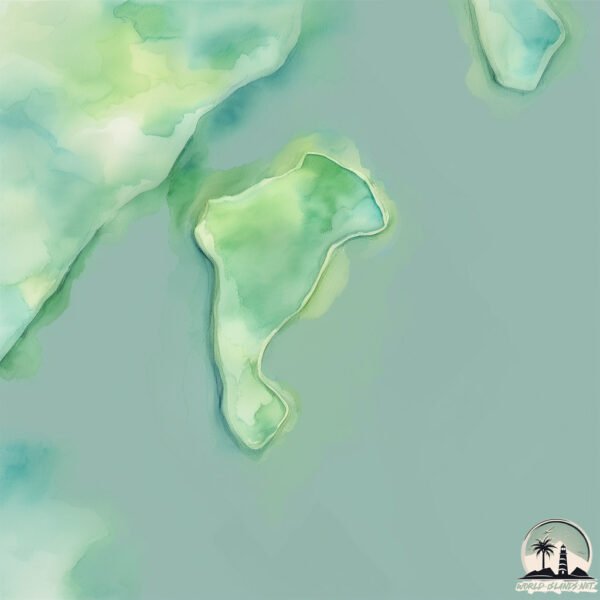Qinglong Shan

Welcome to Qinglong Shan, a Temperate island in the Eastern China Sea, part of the majestic Pacific Ocean. This guide offers a comprehensive overview of what makes Qinglong Shan unique – from its geography and climate to its population, infrastructure, and beyond. Dive into the details:
- Geography and Size: Explore the island’s size and location.
- Climate and Weather: Weather patterns and temperature.
- Topography and Nature: Uncover the natural wonders of the island.
- Infrastructure and Travelling: Insights on reaching, staying, and making the most of your visit.
- News and Headlines: Latest News.
Geography and size of Qinglong Shan
Size: 0.266 km²
Coastline: 2.9 km
Ocean: Pacific Ocean
Sea: Eastern China Sea
Continent: Asia
Qinglong Shan is a Tiny Island spanning 0.266 km² with a coastline of 2.9 km.
Archipel: –
Tectonic Plate: Yangtze – A minor tectonic plate in East Asia, often considered a part of the Eurasian Plate. It’s primarily continental and covers the Yangtze River area in China, playing a significant role in the region’s geological stability.
The geographic heart of the island is pinpointed at these coordinates:
Latitude: 29.80093196 / Longitude: 122.0300448
Climate and weather of Qinglong Shan
Climate Zone: Temperate
Climate Details: Humid Subtropical Climate
Temperature: Hot Summer
Climate Characteristics: With continuous rainfall and hot summers, this climate is common in some coastal regions, supporting diverse vegetation.
Topography and nature of Qinglong Shan
Timezone: UTC+08:00
Timezone places: Australia/Perth
Max. Elevation: 8 m
Mean Elevation: 6 m
Vegetation: Open Woodland
Tree Coverage: 47%
The mean elevation is 6 m. The highest elevation on the island reaches approximately 8 meters above sea level. The island is characterized by Plains: Flat, low-lying lands characterized by a maximum elevation of up to 200 meters. On islands, plains are typically coastal lowlands or central flat areas.
Dominating Vegetation: Open Woodland
Characterized by sparsely distributed trees with open canopy allowing sunlight to penetrate, supporting grasses and shrubs underneath. Often found in drier or transitional environments. Qinglong Shan has a tree cover of 47 %.
Vegetation: 2 vegetation zones – Low Diversity Island
Islands with two distinct vegetation zones offer slightly more ecological variety. These zones could be due to differences in elevation, moisture, or other environmental factors. While still limited in biodiversity, these islands may offer a contrast between the two zones, such as a coastline with mangroves and an inland area with grassland.
Infrastructure and Travelling to Qinglong Shan
Does the island have a public airport? no.
There is no public and scheduled airport on Qinglong Shan. The nearest airport is Zhoushan Putuoshan Airport, located 39 km away.
Does the island have a major port? no.
There are no major ports on Qinglong Shan. The closest major port is ZHOUSHAN, approximately 23 km away.
The mean population of Qinglong Shan is 271 per km². Qinglong Shan is Moderately Inhabited. The island belongs to China.
Continuing your journey, Meishan Dao is the next notable island, situated merely km away.
China is classified as Emerging region: BRIC: Brazil, Russia, India, and China – Economies noted for their rapid growth and increasing influence on global affairs. The level of income is Upper middle income.
News – Latest Updates and Headlines from Qinglong Shan
Stay informed with the most recent news and important headlines from Qinglong Shan. Here’s a roundup of the latest developments.
Please note: The data used here has been primarily extracted from satellite readings. Deviations from exact values may occur, particularly regarding the height of elevations and population density. Land area and coastline measurements refer to average values at mean high tide.
